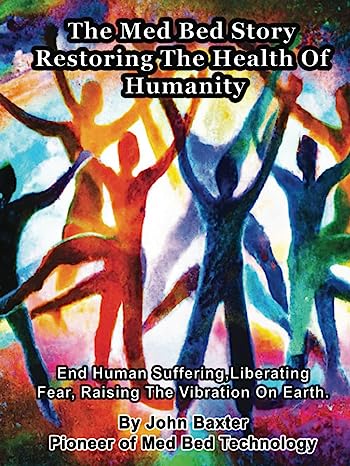In the quest for enhanced well-being and performance, overcoming sleep disorders such as insomnia is crucial. This article delves into various biohacking techniques aimed at insomnia treatment and explores how these methods can revolutionize the approach to achieving restful sleep, addressing both the symptoms and underlying causes of sleep disturbances.
Understanding Insomnia
Insomnia, characterized by difficulty falling asleep, staying asleep, or experiencing non-restorative sleep, affects millions globally. It can lead to a range of psychological and physical health issues, including fatigue, mood disturbances, and decreased productivity. Effective treatment often requires a multifaceted approach.
Biohacking Techniques for Insomnia Treatment
Biohacking seeks to optimize human performance and health through strategic interventions, and when it comes to insomnia, several techniques can be particularly effective.
1. Regulating Sleep-Wake Cycles
- Light Exposure: Managing light exposure is crucial for resetting the circadian rhythm. Exposing yourself to natural sunlight in the morning and avoiding blue light from screens before bedtime can help regulate your body’s internal clock.
- Sleep Scheduling: Going to bed and waking up at the same time every day, even on weekends, stabilizes your sleep pattern and enhances sleep quality.
2. Dietary Adjustments
- Timing of Meals: Eating heavy meals close to bedtime can disrupt sleep. Aim to have your last meal at least 2-3 hours before bed.
- Sleep-Promoting Nutrients: Incorporate foods rich in magnesium, tryptophan, and melatonin, such as almonds, turkey, and cherries, which can naturally boost sleep quality.
3. Mindfulness and Relaxation Techniques
- Meditation: Daily meditation can significantly reduce stress and anxiety, common culprits behind insomnia.
- Guided Imagery: Visualization techniques can calm the mind and prepare the body for sleep.
4. Physical Activity
- Regular Exercise: Engaging in regular physical activity, especially in the morning or afternoon, can help deepen sleep. However, avoid intense workouts close to bedtime as they might have the opposite effect.
- Yoga and Stretching: Gentle yoga or stretching in the evening can relieve physical tension and help your body transition into sleep.
5. Environmental Optimization
- Sleep Environment: Ensure your bedroom is conducive to sleep—cool, dark, and quiet. Invest in a comfortable mattress and pillows to support a good night’s sleep.
- Noise Management: White noise machines can mask disruptive sounds and create a calming atmosphere that promotes sleep.
6. Supplementation
- Herbal Supplements: Herbs like valerian root and lavender have natural sedative properties and are commonly used to treat insomnia.
- Magnesium and Melatonin: Supplements like magnesium and melatonin can also be effective, especially in cases where sleep disturbances are linked to deficiencies.
Innovative Technologies
- Sleep Trackers: Wearable technology can provide insights into your sleep patterns, helping identify potential causes of insomnia and track the effectiveness of your biohacking strategies.
- Apps for Sleep Enhancement: Numerous apps offer sleep-enhancing features like sleep cycle analysis, guided meditation, and soothing soundscapes.
Challenges and Considerations
While biohacking offers exciting possibilities for treating insomnia, it’s important to approach these techniques with a balanced perspective. Not all methods will work for everyone, and some may require trial and adjustment. Moreover, individuals with chronic or severe insomnia should consult healthcare providers to address potential underlying medical conditions.
Conclusion: Pioneering a New Path to Restful Sleep
Biohacking presents a dynamic approach to overcoming insomnia and enhancing sleep quality. By combining traditional methods with cutting-edge technologies, individuals can develop personalized strategies for restful sleep. As we continue to explore and refine these techniques, the promise of defeating insomnia and reclaiming the night remains a compelling goal, potentially transforming lives by restoring natural, restorative sleep patterns.




